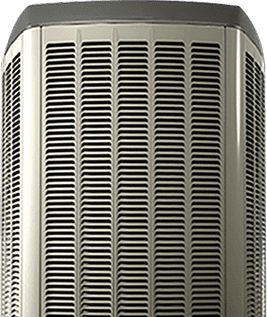Is It Time to Replace My Water Tank
Is It Time to Replace My Water Tank?
When is it time to replace your hot water tank? It could be right now! Maybe the right time was 2 years ago, or maybe you’re just fine as you are.
There are 5 clear signs your water tank is on its last legs:
- Water isn’t as hot as it used to be.
- The heater is leaking, but I can’t find the leak.
- The gas pilot won’t stay lit.
- I can’t release water through the drain valve.
- The hot side of the tank can’t hold pressure.
Here’s what you need to know about each.
Water isn’t as hot as it used to be.
It’s likely corrosion on the inside of your tank has deteriorated the dip tube, overloaded the gas valve or coated your electric elements. A shortage of hot water is a clear sign your tank is over the hill.
The heater is leaking, but I can’t find the leak.
If your tank is around 10 years old and you can’t find the leak, it’s probably coming from:
- A side-wall seam.
- A welded join.
- A rusted-through thread.
None of these can be repaired, so your tank will have to be replaced.
The gas pilot won’t stay lit.
The problem is most likely your thermocouple or gas valve.
The tip of a properly installed thermocouple should sit around half an inch inside the pilot flame. This generates the energy required to power a tiny electromagnet keeping the pilot valve open.
If the thermocouple is damaged or not sitting properly, the valve won’t have enough power to stay open.
You can check to see if the thermocouple is properly positioned. If it is, you may have a faulty thermocouple. If you replace the thermocouple and the pilot still goes out, your electromagnet may no longer work and you may need a new gas valve or high limit switch.
If your tank is outside the warranty, replacing the gas valve isn’t worth the money.
I can’t release water through the drain valve.
You should drain the hot water tank at least once each year to remove sediment.
If you haven’t done this, a layer of sediment can quickly become many layers of sediment, deteriorating the integrity of the bottom of the tank. The sediment acts as a buffer between the flame and the water it’s trying to heat, so the flame has to burn longer, causing damage to the tank.
If your water tank is so full of sediment it doesn’t drain at all when you open the valve, there is no use trying to fix it. Time for a new tank.
The hot side of the tank can’t hold pressure.
Modern tanks contain a check valve on the cold inlet side of the water heater to save energy. It prevents hot water from running up the cold inlet waterline when there is a drop in pressure on the cold side.
But new problems come from this.
- Restriction of thermal expansion to the hot side.
- Introducing a new device that can break.
When water is heated, it expands and has to go somewhere. With the introduction of check valves, expansion is limited. Hot water and cold water tanks can’t really support each other, and you end up with poor pressure on the hot side of the tank.
A simple fix is installing a small expansion tank on the hot side.
If you get short bursts of pressure when you first turn on a hot faucet, or no pressure at all, your check valve is probably stuck. The check valve is a small plastic ball in a short chamber that floats when not under pressure and is pushed out of the way when under pressure.
An old tank can see scale buildup on the check valve, forcing it to stay in one position rather than moving. In this case, the scale buildup is a sign of a tank that is too far gone for repairs.
When you experience these issues, consider upgrading to a tankless water heater. You’ll go without any of these frustrating, potentially costly issues, and you’ll have all the hot water you need whenever you need it.
Get in touch with a member of our team to find out more about your tank repairs or upgrade. Contact us today to learn more!
